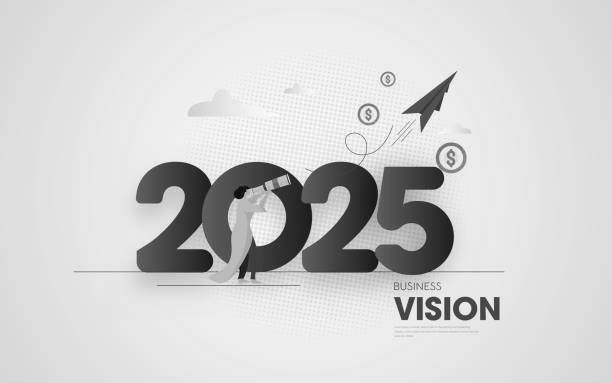
5 Key strategies for B2B growth in 2025
As we move into 2025, insights from Forrester, Gartner, BCG, and McKinsey point to a transformative year ahead, where companies must pivot to stay relevant and competitive. For C-level executives, leadership teams, and boards, aligning with these trends is critical for driving sustainable growth. Here are five essential strategies to position your B2B organization for success in 2025.
.
1. Embrace customer-centric growth
Customer expectations in the B2B space are becoming increasingly sophisticated. Gartner highlights that over 80% of B2B buyers now expect the same level of personalization and seamless experience they encounter in B2C interactions (Gartner, CMO Leadership Vision 2025). To thrive in this environment, businesses must place customers at the center of their growth strategies.
- Key Action: Map out your customers' journey to identify pain points and opportunities for value creation. Invest in tools that provide real-time insights into customer behavior and preferences.
- Outcome: Stronger customer loyalty and improved lifetime value.
.
2. Leverage data-driven decision making
Data remains the lifeblood of modern B2B growth strategies. According to Forrester, organizations that integrate data analytics into their decision-making processes outperform competitors by 30% in key growth metrics (Forrester, Predictions 2025).
- Key Action: Build a unified data ecosystem that combines customer data, market trends, and operational metrics. Equip teams with advanced analytics tools to uncover actionable insights.
- Outcome: Faster, smarter decisions that enable agility and precision in market execution.
.
3. Align marketing and sales around brand building
McKinsey underscores the importance of moving beyond performance marketing to focus on strategic brand building in the B2B sector. This alignment between marketing and sales is critical to delivering consistent messaging and value propositions (McKinsey, The Future of B2B Marketing).
- Key Action: Develop integrated campaigns where marketing generates demand and sales closes deals with tailored solutions. Use storytelling to elevate your brand’s position in the market.
- Outcome: Enhanced brand equity that drives long-term growth and competitive differentiation.
.
4. Prioritize digital enablement
As digital transformation accelerates, Forrester predicts that over 70% of B2B sales will occur through digital channels by 2025 (Forrester, The Future of Sales). Companies that prioritize digital enablement will gain a decisive edge.
- Key Action: Invest in seamless e-commerce platforms, virtual sales tools, and AI-driven chatbots to create frictionless digital experiences.
- Outcome: Expanded market reach and higher conversion rates through digital-first engagement.
.
5. Foster cross-functional collaboration
BCG emphasizes that silos between departments are one of the biggest barriers to growth. Cross-functional collaboration—particularly between marketing, sales, and customer success—is essential for achieving aligned growth (BCG, Breaking Down Silos for Growth).
- Key Action: Implement cross-functional teams with shared KPIs and performance metrics. Use regular meetings to ensure alignment and accountability.
- Outcome: Streamlined processes, faster execution, and a unified approach to customer engagement.
.
Looking ahead
The trends shaping 2025 present both opportunities and challenges for B2B organizations. Companies that proactively embrace these actions go beyond staying competitive—they ensure long-term resilience and relevance in an ever-evolving market landscape.